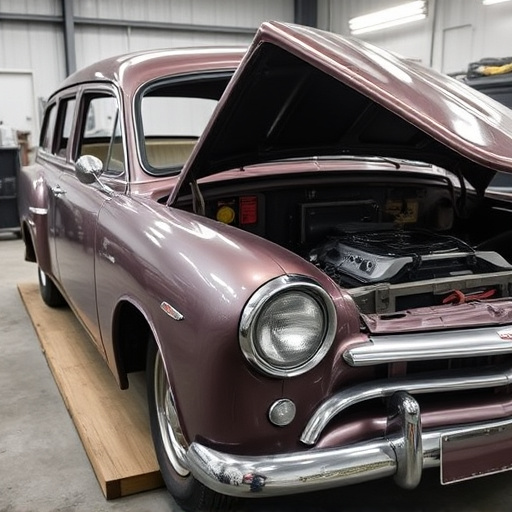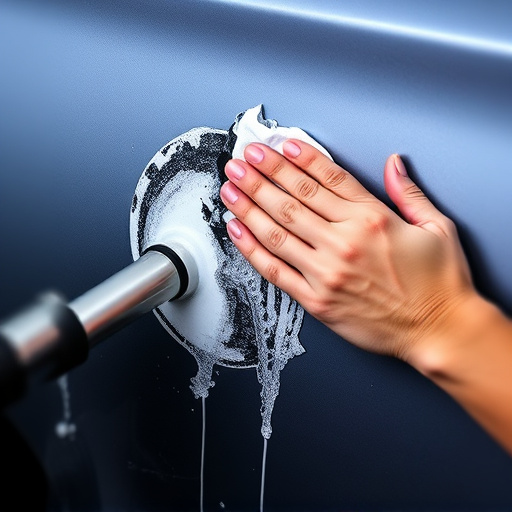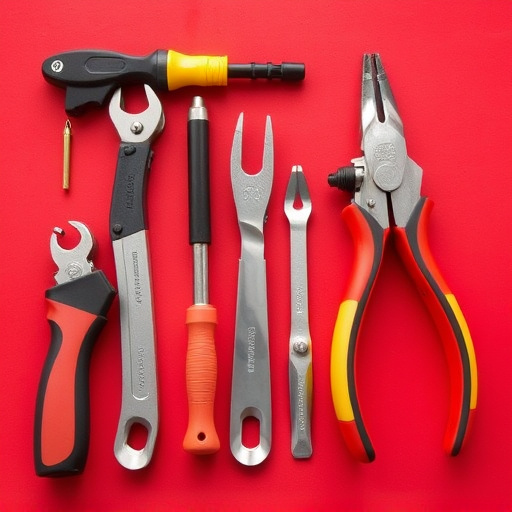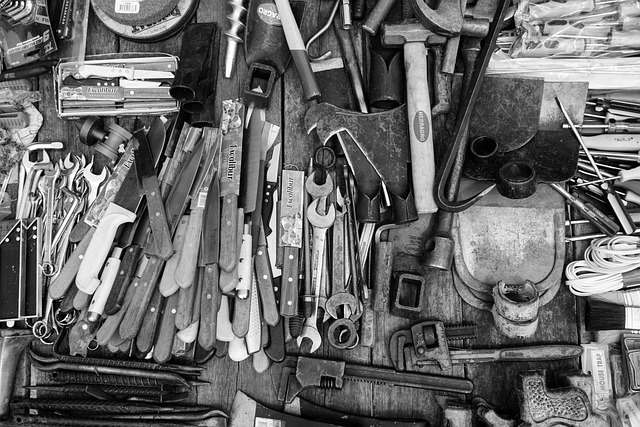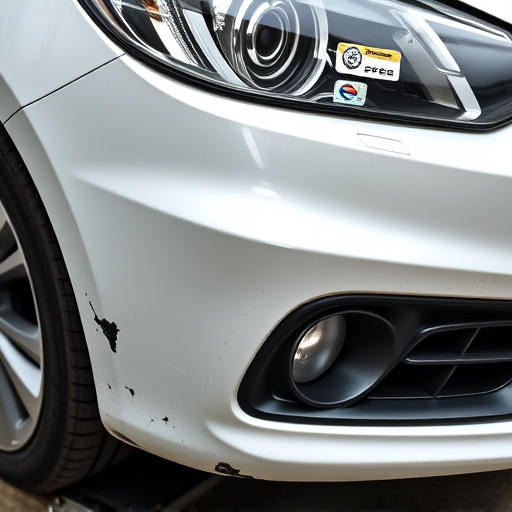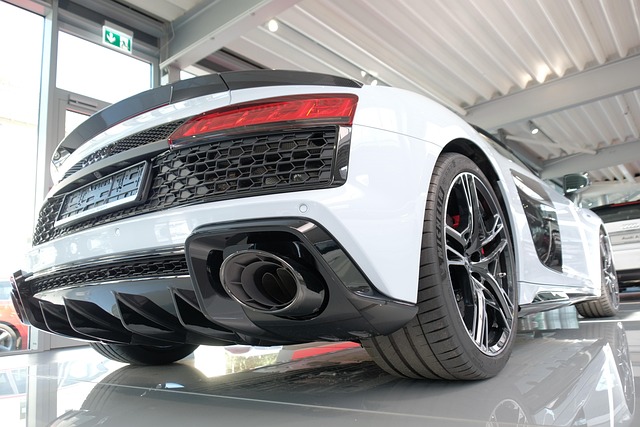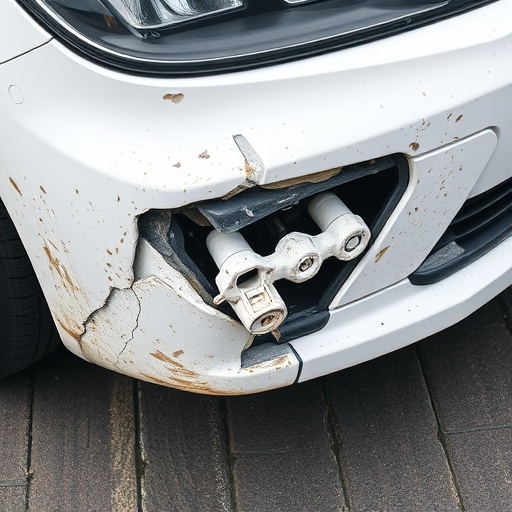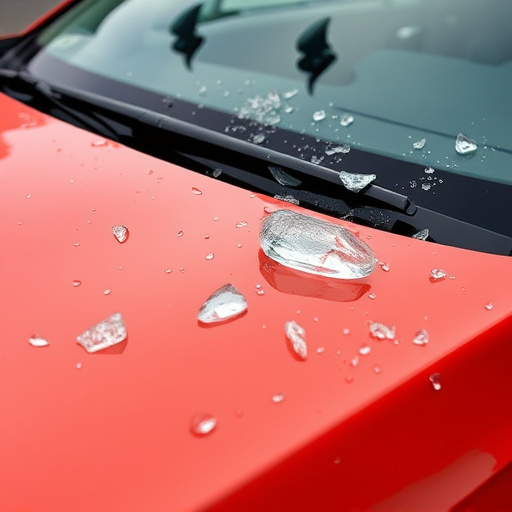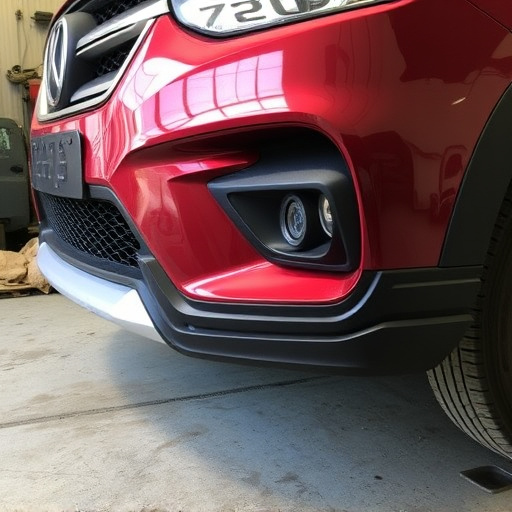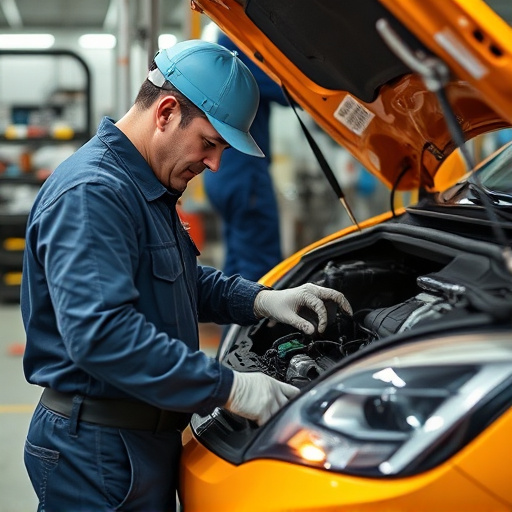Collision frame repair for electric vehicles (EVs) poses unique challenges due to their sensitive components and complex structures. Skilled technicians employ specialized tools, robotic welding, and laser straightening techniques to accurately assess and restore damaged EV frames. Strict safety standards and precise measurements are crucial to preserve structural integrity, energy efficiency, and overall vehicle performance, especially regarding battery compartments, after any collision.
Collision frame repair is a specialized service gaining prominence with the rise of electric vehicles (EVs). Unlike conventional cars, EVs present unique challenges due to their advanced structural designs and complex systems. This article delves into the intricacies of collision frame repair for EVs, exploring common types of frame damage, specialized techniques used in restoration, and best practices ensuring safety and quality. Understanding these aspects is crucial for restoring EVs to their optimal condition after a collision.
- Understanding Electric Vehicle (EV) Frame Damage and Its Unique Challenges
- The Process of Collision Frame Repair for EVs: Techniques and Considerations
- Ensuring Quality and Safety: Best Practices in EV Frame Restoration
Understanding Electric Vehicle (EV) Frame Damage and Its Unique Challenges
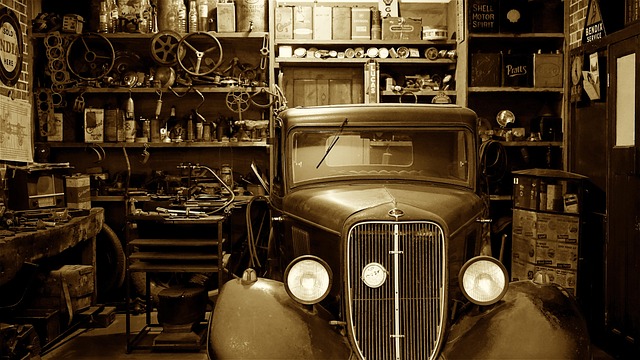
Electric Vehicle (EV) structures, while innovative, present unique challenges when it comes to collision frame repair. Unlike traditional internal combustion engine vehicles, EVs have sensitive components integrated into their frames, requiring specialized skills and tools for effective damage assessment and restoration. A minor accident can lead to complex issues, as even seemingly minor dents or scratches could disrupt the vehicle’s electrical systems or compromise structural integrity.
The process of collision frame repair for EVs demands meticulous precision. Dent removal techniques, for instance, must consider not just the visual impact but also potential impacts on the vehicle’s body panels and underlying frames. Auto glass repair is another critical aspect, as the alignment and sealing of windows and canopies are crucial for maintaining the vehicle’s energy efficiency and overall performance. Every step in the repair process requires a deep understanding of EV technology to ensure that all components function optimally after the collision.
The Process of Collision Frame Repair for EVs: Techniques and Considerations
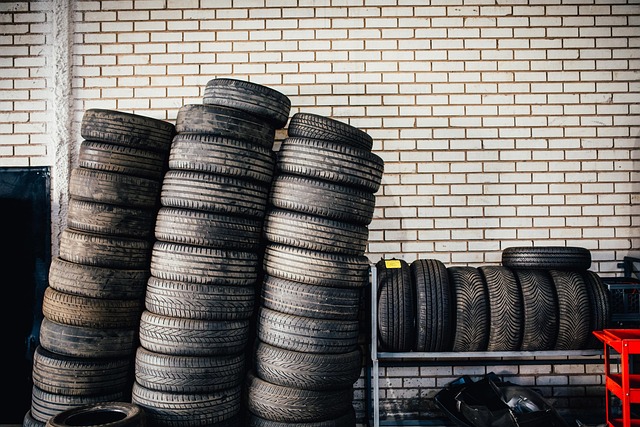
Collision frame repair for electric vehicles (EVs) involves a meticulous process tailored to preserve their advanced structural integrity and sleek design. Unlike conventional internal combustion engine cars, EVs have unique considerations due to their battery packs and specialized frames. Repairs often begin with assessing damage, which may include dents, crumple zones, or even more severe structural compromises. Advanced techniques such as robotic welding, precision laser straightening, and computer-aided measurements are employed to ensure precise restoration.
Specialized auto collision centers equipped with state-of-the-art equipment handle EV frame repairs. Dent removal methods may vary depending on the severity and location of the damage. For minor dents, techniques like pneumatic tools or hand tools can be effective. However, for more substantial impacts, specialized equipment is needed to realign and straighten the car’s bodywork without compromising its structural integrity. Skilled technicians balance aesthetic restoration with functional recovery, ensuring the EV not only looks new but also maintains its safety and performance standards after collision frame repair.
Ensuring Quality and Safety: Best Practices in EV Frame Restoration

In the realm of electric vehicle (EV) maintenance, collision frame repair is a critical aspect that demands meticulous attention to detail and adherence to stringent safety standards. When restoring an EV’s structural integrity after a collision, every step counts in ensuring both quality and safety. The process involves intricate techniques specific to EV models, given their unique construction and battery systems. Best practices dictate that auto detailing professionals skilled in automotive body shop repairs should employ precise measurements, advanced tools, and high-quality materials to match the original specifications.
Proper frame alignment, using state-of-the-art equipment, is paramount to prevent future structural issues and ensure optimal performance. Auto body restoration techniques must consider not just cosmetic enhancement but also the safety of the vehicle’s occupants and the integrity of its battery compartment. Therefore, a comprehensive approach that blends technical expertise with adherence to industry standards guarantees not only a structurally sound EV but also peace of mind for drivers on the road.
Collision frame repair for electric vehicles presents unique challenges due to their advanced structures. Understanding the specific damage types and implementing specialized techniques, such as precision welding and advanced materials, are key to successful restoration. Adhering to best practices ensures structural integrity, safety, and performance, maintaining the value of these innovative vehicles. Effective collision frame repair processes are vital for both automakers and repair shops, enabling them to meet the growing demand for EV maintenance and upkeep.

